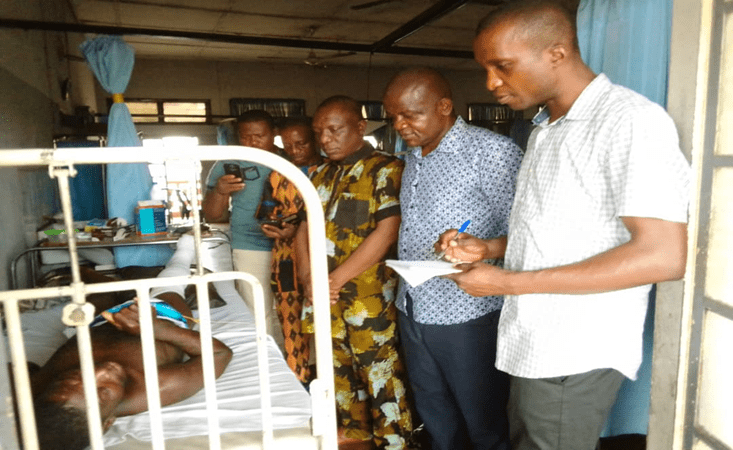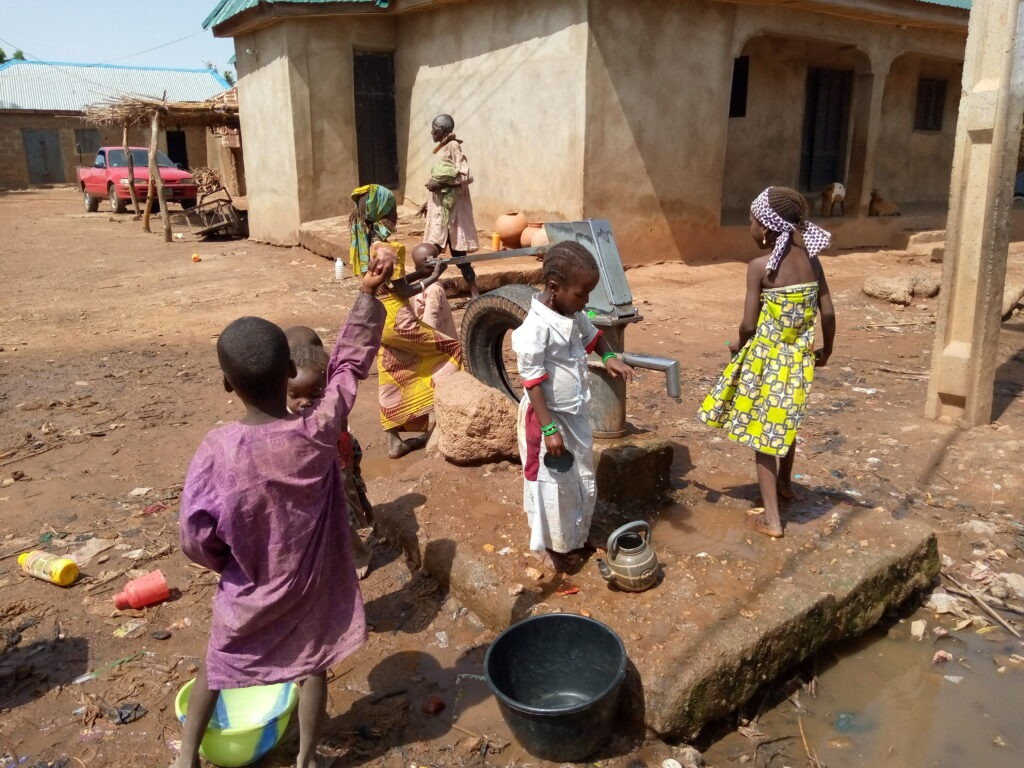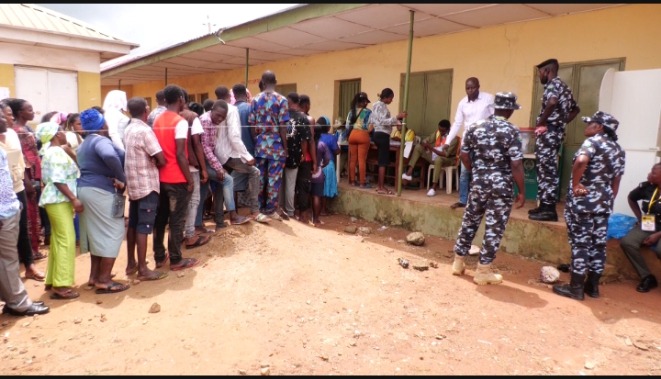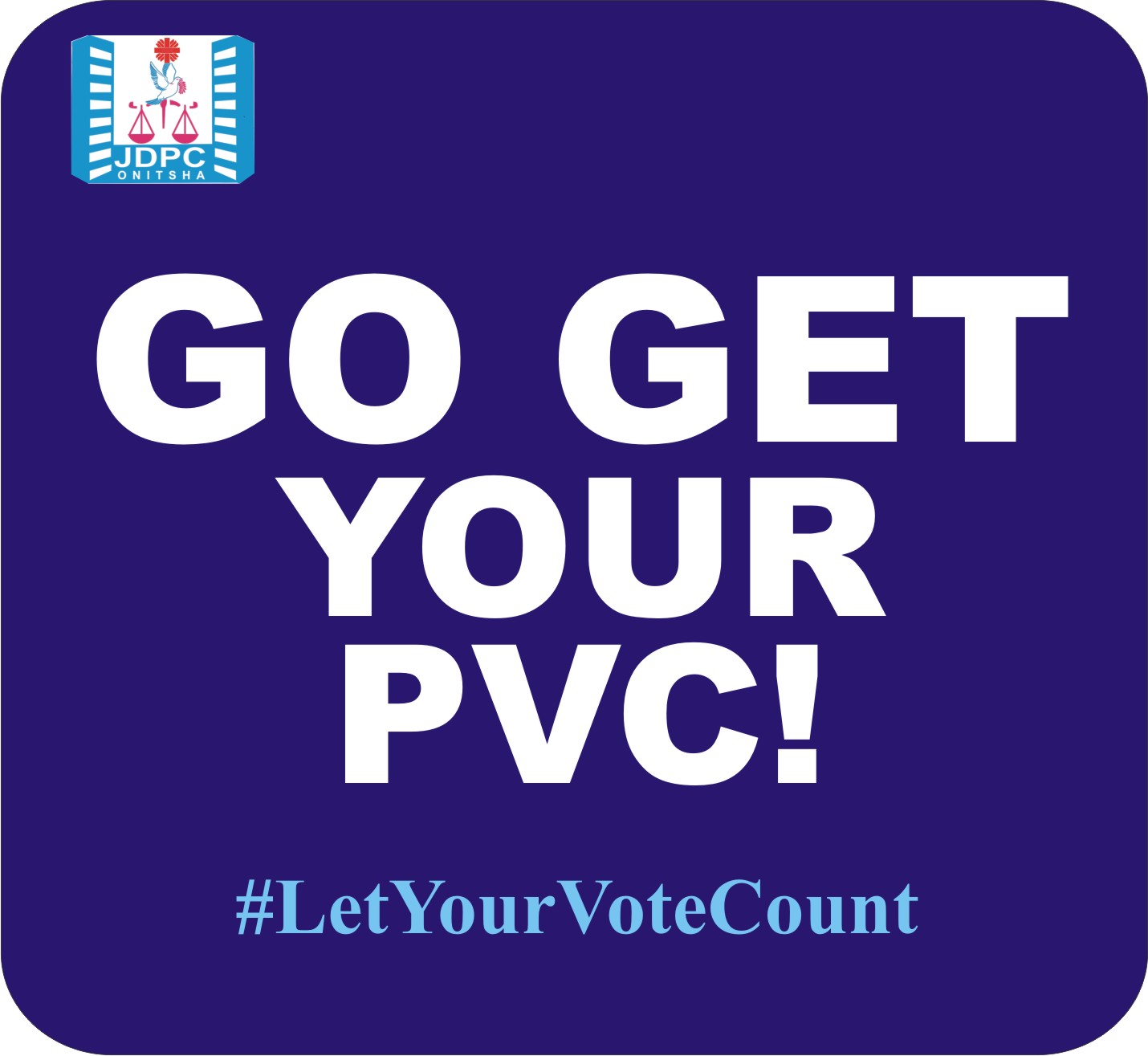Orphan and vulnerable children are children (OVC) under the age of 0-17years. Children whose father, mother or both have died are regarded as orphans and the number of these children are escalating as a result of the HIV status of the parents. About 17.5 million children are orphaned in Nigeria. A vulnerable child is a child under the age of 18 years
Orphan/Vulnerable Children
and currently is at high risk of lacking adequate care and protection, even living with parents or guardian. Indeed, as at June 2015, Women and Orphans Empowerment Organization (WEWE ) LOPIN project with support of Christian AID has enrolled 3,973 OVCs in Anambra State. They are working to identify and pull in all HIV positive children in the communities.
Children in the state often fall prey to child labour, they can be seen especially at major motor parks and markets in the State, hawking all sorts of goods like sachet water during school hours. The girls in many rural parts of the State are either forced into early or child marriage or voluntarily/ignorantly go into prostitution. Those with little education rush to the city where they are made sales girls and paid peanuts, sometimes being abused and molested by their masters. Children from other states are often victims of domestic trafficking in Anambra State. Factors that contribute to the vulnerability of these children include abandonment by parents, death of one or both parents, living in extreme poverty, abuse by parents or their care-givers, HIV status, marginalization and stigmatization in their immediate environment. In all these children who are future leaders are drastically affected and dehumanized. In fact, the OVC have no future.


Key Actions
- Community sensitization and data collection
- Sensitization on child’s rights, adoption rights and domestic trafficking.
- Advocacy to relevant agencies and stakeholders
- Psycho- social support and bursary
- Access to education, skill acquisition and empowerment.
- Networking and collaboration with state actors and CSOs
- Education on child protection, child abuses and exploitation.
You should also read these
-
REPORT OF 2023 GENERAL ELECTION, HELD ON 25th FEBRUARY 2023 AS OBSERVED BY JUSTICE DEVELOPMENT AND PEACE/ CARITAS (JDPC) ANAMBRA STATE
REPORT OF 2023 GENERAL ELECTION, HELD ON 25th FEBRUARY 2023 AS OBSERVED BY JUSTICE DEVELOPMENT AND PEACE/ CARITAS (JDPC) ANAMBRA STATE Introduction Justice Development and Peace/Caritas Anambra State are faith […]
READ MORE
Trending
- JDPC Onitsha Rewards Mr. Chidi Debe Nkobie for Exceptional Voluntary Work
- JDPC MARKED UN INTERNATIONAL WOMEN’S DAY 2024 AT ST. GREGORY IYIOWA ODEKPE
- JDPC ONITSHA MARKED UN INTERNATIONAL DAY OF PERSONS WITH DISABILIIES.
- International Day for Violence against women and girls at Sacred Heart Parish , Umusiome, St. Alphonsus Nkpor Uno.
- WORLD HUMANITARIAN / CHARITY DAY AT SPECIAL SECONDARY AND PRIMARY SCHOOL OF DEAF ODOAKPU ONITSHA
People are talking about this
JDPC ONITSHA
Justice Peace Development / Caritas. making impactful actions in our society and creating direct access to core development, justice for all and improving the livelihood of the poor.
Contact Us
Visit us at: Basilica of the Most Holy Trinity Ontsha, Anambra State, Nigeria.
Call us on: +234 909 605 7190
Email: [email protected]
CONTACT US
ADDRESS:
Basilica of the Most Holy Trinity Ontsha, Anambra State, Nigeria.
PHONES: +234 909 605 7190, +234 817 460 8607
MAIL: [email protected]
How to Donate to JDPC
JDPC (Justice Peace Development Commission) is a Vivamus volutpat eros pulvinar velit laoreet, sit amet egestas erat dignissim. Sed quis rutrum.
DONATE NOW
© Copyright 2020 JDPC Onitsha ❤️ Web Nigeria




Leave a Reply
You must be logged in to post a comment.